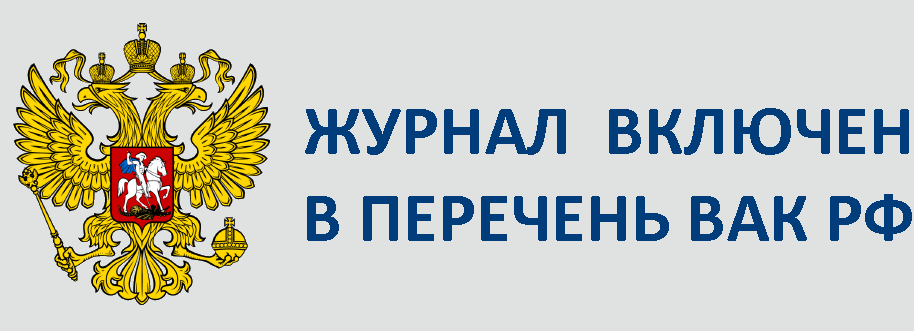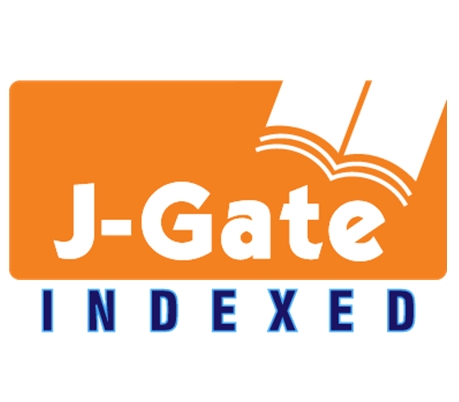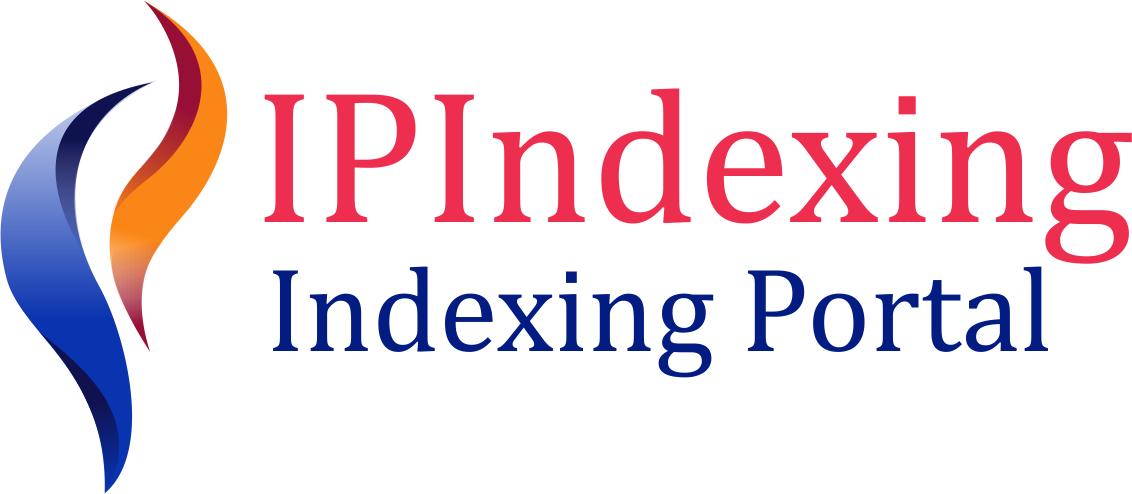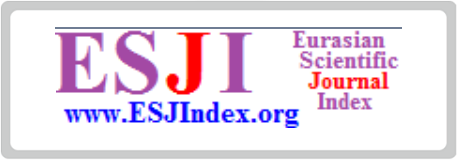№3-2025-04
DOI: https://doi.org/10.22281/2413-9920-2025-11-03-256-264
УДК 86-868
Закиров Р.Г.
Моделирование динамических характеристик и анализ режимов управления в роторном виброприводе с кинематически неуравновешенной массой
В статье рассматривается проблема создания управляемых параметров вибрационных полей, необходимых для учета физико-механических и реологических свойств обрабатываемых материалов и до-стижения максимальной эффективности вибрационной техники. Показаны перспективы использования в вибрационных машинах роторного вибропривода с кинематически неуравновешенной массой, имеющего широкие возможности управления параметрами генерируемых колебаний. Проведено моделирование процесса работы роторного вибропривода, получены аналитические и графические зависимости параметров колебаний от параметров настройки, определены наиболее эффективные и удобные в использовании параметры управления. Проведен анализ возможных режимов настройки вибропривода, реализуемых в процессе его эксплуатации. Установлено, что, изменяя частоту вращения ротора, можно получать как низкочастотные колебания центра масс ротора во всем возможном диапазоне амплитуды, так и высокочастотные колебания. Кроме того, при различных значениях диаметра диска ротора, в виброприводе можно регулировать амплитуду колебаний при постоянной частоте. Вынуждающая сила, создаваемая в роторном виброприводе, при одной и той же частоте вращения, равных габаритах и массах ротора и булавы будет существенно больше по сравнению с центробежными вибровозбудителями. Реализованная в виброприводе регулировка направленной формы траектории центра масс ротора достигается без использования дополнительных масс и упругих элементов. Вибрационная машина с предлагаемым роторным виброприводом существенно расширит возможности создания оптимальных параметров вибрационных полей в технологических процессах.
Ключевые слова: вибровозбудитель, вибропривод, вибрационная машина, параметры колебаний, форма колебаний.
Zakirov R.G.
Modeling of dynamic characteristics and analysis of control modes, in rotary vibrodrive with a kinematically unbalanced mass
The article considers the problem of creating controlled parameters of vibration fields necessary to take into account the physical, mechanical and rheological properties of the processed materials and to achieve maximum efficiency of vibration technics. The prospects of using a rotary vibration drive with a kinematically unbalanced mass in vibration machines, which has wide possibilities for controlling the parameters of the generated oscillations, are shown. The modeling of the process operation of rotary vibration-drive was carried out, analytical and graphical dependences of the oscillation parameters on the tuning parameters were obtained and the most effective and easy-to-use control parameters were determined. An analysis of possible vibration drive tuning modes was conducted, implemented during its operation. It was found that by changing the rotor speed it is possible to obtain both low-frequency oscillations of the rotor center of mass in the entire possible range of amplitude, and high-frequency oscillations. In addition, with different values of the rotor disk diameter, in the vibration drive can regulate the vibration amplitude at a constant frequency. The compelling force created in a rotary vibration drive, at one same rotation frequency and equal in size and mass dimensions of the rotor and mace, will be significantly greater in comparison with centrifugal vibration exciters. The adjustment of the directional shape of the rotor’s center of mass trajectory implemented in the vibration drive is achieved without the use of addition-al masses and elastic elements. The vibration machine with the proposed rotary vibration drive will significantly increase the possibilities for creating optimal parameters of vibration fields in technological processes.
Key words: vibration generator, vibrodrive, vibration machine, oscillation parameters, shape of oscillations.
Скачать статью (файл pdf) — Download (pdf)

Это произведение доступно по лицензии Creative Commons «Attribution-ShareAlike» («Атрибуция — На тех же условиях») 4.0 Всемирная.





























